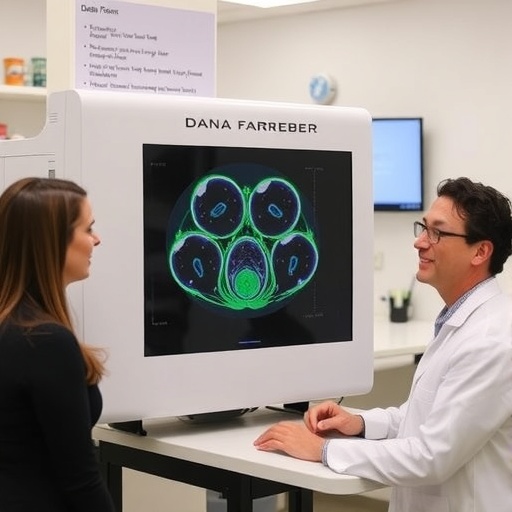A drug isolated from a marine pest holds promise for treating some of the world's nastiest diseases, and researchers would love to find out just how effective it is – if only they could get their hands on more. As it stands, the world's supply of the chemical is down to about half of what it was in the 1990s, and it is hard to extract in sufficient quantities from the feathery sea creatures that produce it.
Now, Stanford researchers have found a simpler and more efficient way to make this increasingly in-demand compound in the lab, they report October 6 in the journal Science. Their new synthetic supply will be enough to continue ongoing trials testing its effectiveness as a cancer immunotherapy and for treating Alzheimer's disease and HIV, for which any further supply was until now uncertain.
Principal investigator Paul Wender, a professor of chemistry and member of Stanford ChEM-H, said he got so excited about the project at one point, "I put on my lab coat and did some crystallizations," one of the basic steps of chemistry lab work usually left to students, not full professors. For him, the new paper is the result of decades of work and a happy accident in the Gulf of Mexico almost 50 years ago.
From three elephants to a salt shaker
Like many other naturally occurring chemicals put into service as pharmaceuticals, bryostatin was discovered following what was essentially a fishing expedition. In the 1960s, having had some success developing drugs from terrestrial flora and fauna, scientists began to shift attention to marine life.
The story of bryostatin itself began in 1968, when a marine biologist working in the Gulf of Mexico collected a plethora of marine organisms and sent them to the National Cancer Institute for analysis. One of those organisms, Bugula neritina, a pest best known for fouling up marine environments, showed some promise as an anti-cancer agent. A decade and a half later, researchers reported the structure of the active ingredient, which they dubbed bryostatin 1 after the animal's common name, brown bryozoan.
Unfortunately, bryostatin 1 is very hard to come by. When NCI scientists went back and swept up 14 tons of B. neritina, they managed to extract just 18 grams of bryostatin.
"It's basically three elephants going down to a salt shaker," Wender said.
Worse, subsequent studies showed that B. neritina produces bryostatin only in depths greater than about 10 feet and in warmer seas closer to the equator, and only during certain times of the year. (In fact, the NCI's 14-ton collection came from California, because subsequent samples from the Gulf of Mexico proved inactive.) And while there was a way to synthesize bryostatin in the lab, it took 57 steps and was not very efficient.
Improving on nature
Wender and his group have been working with bryostatin analogs – chemicals inspired by bryostatin, but not quite the same – since the 1980s but only recently began thinking about how to make bryostatin itself in a lab.
"Ordinarily, we're in the business of making chemicals that are better than the natural products" such as bryostatin, Wender said. Wender and his lab's job, in other words, is to come up with chemicals inspired by nature, but more effective.
"But when we started to realize that clinical trials a lot of people were thinking about were not being done because they didn't have enough material, we decided, 'That's it, we're going to roll up our sleeves and make bryostatin because it is now in demand,'" Wender said.
Dusting off the lab coat
After decades of experience with bryostatin analogs and two years of concerted effort, the lab came up with a much shorter, 29-step process and a yield of 4.8 percent, tens of thousands of times more efficient than extracting bryostatin from B. neritina, and substantially simpler and more efficient than the previous synthetic approach.
"The talent and dedication of this group made possible an achievement which many had thought impossible," Wender said. "We are so fortunate to have people who are undeterred by that."
The team members have now produced over 2 grams of bryostatin 1, and once production is scaled up, Wender said, they expect manufacturers could produce about 20 grams per year, enough to cover clinical and research needs. That is a bit more than was ever extracted from B. neritina and enough to treat about 20,000 cancer patients or 40,000 Alzheimer's patients.
The results could also be a boon for HIV/AIDS research. In late September, the team reported that a bryostatin 1 analog could help wake latent HIV-infected cells, making them more susceptible to attack by HIV drugs or the immune system. With new insight into – and a new supply of – bryostatin 1, Wender said, "we have an opportunity to start in earnest a clinical conversation about eradicating HIV/AIDS."
###
Media Contact
Nathan Collins
[email protected]
650-725-9364
@stanford
http://news.stanford.edu/press/view/16706



